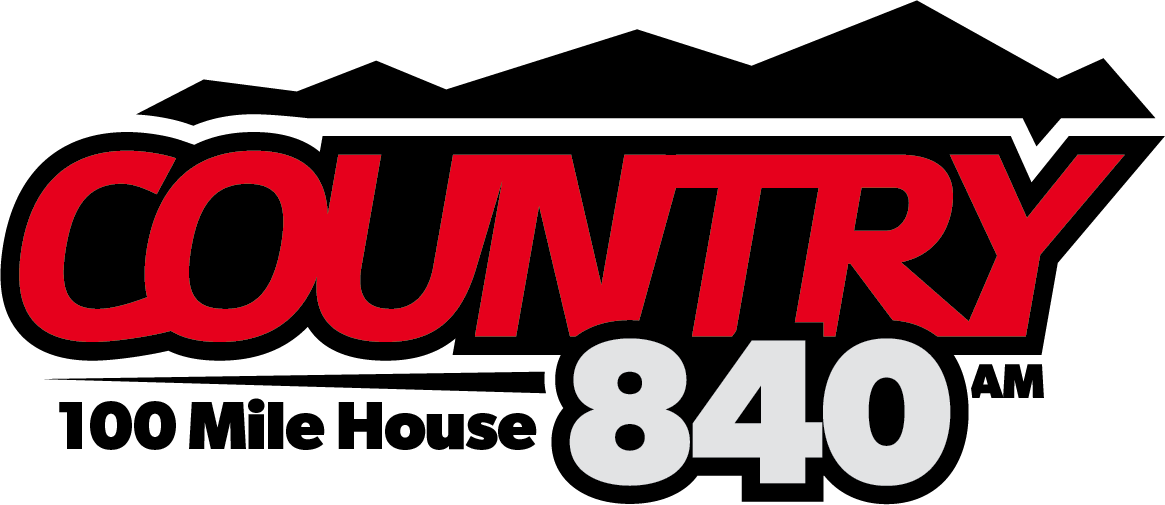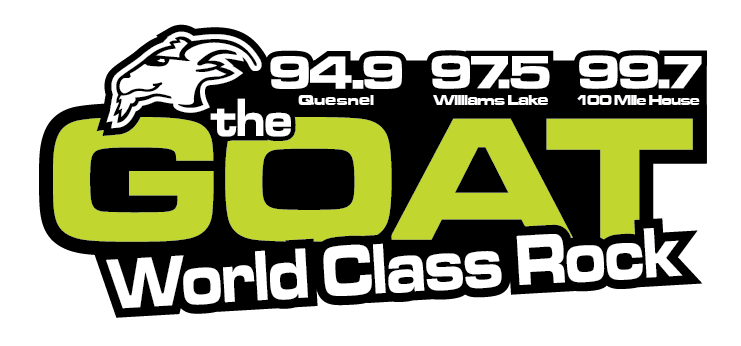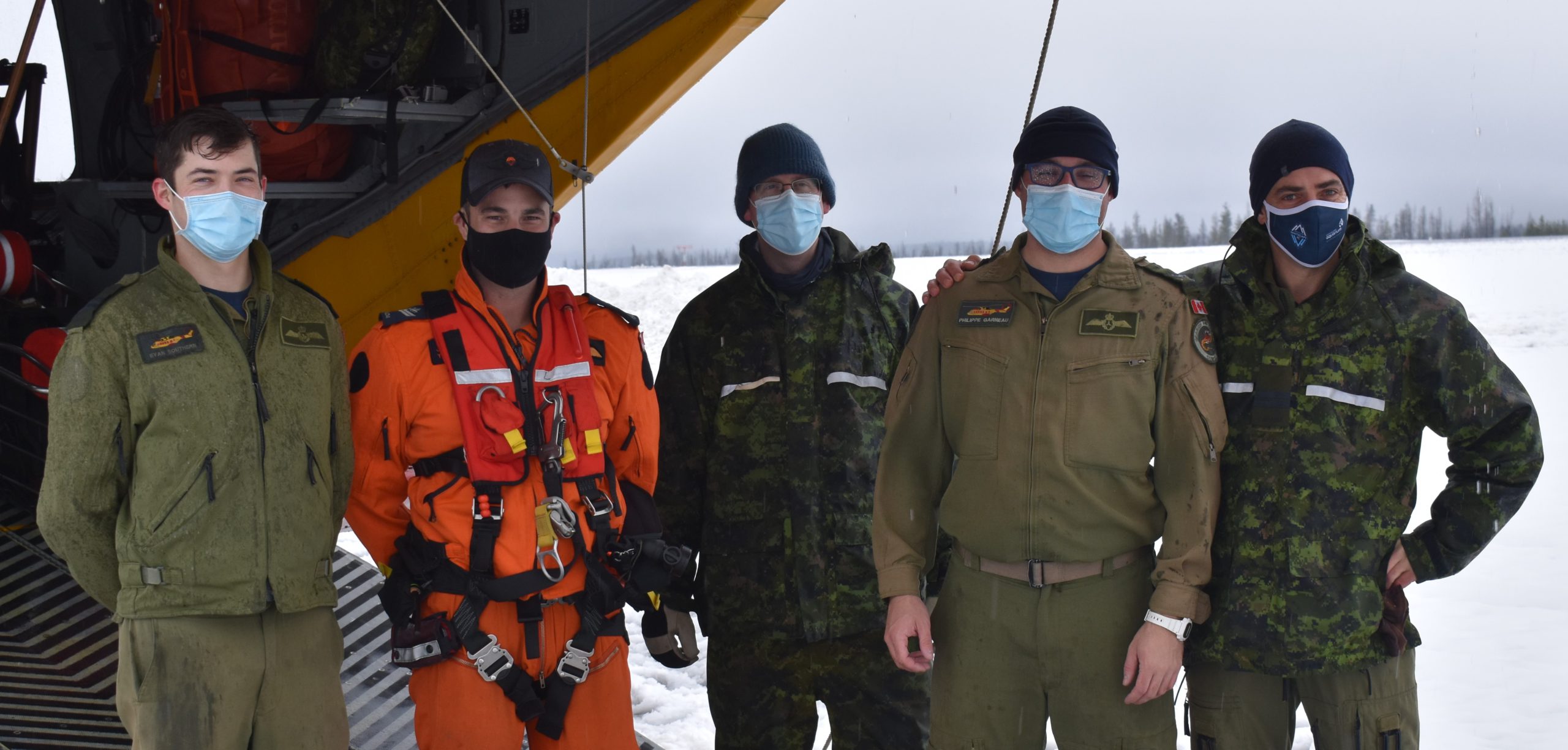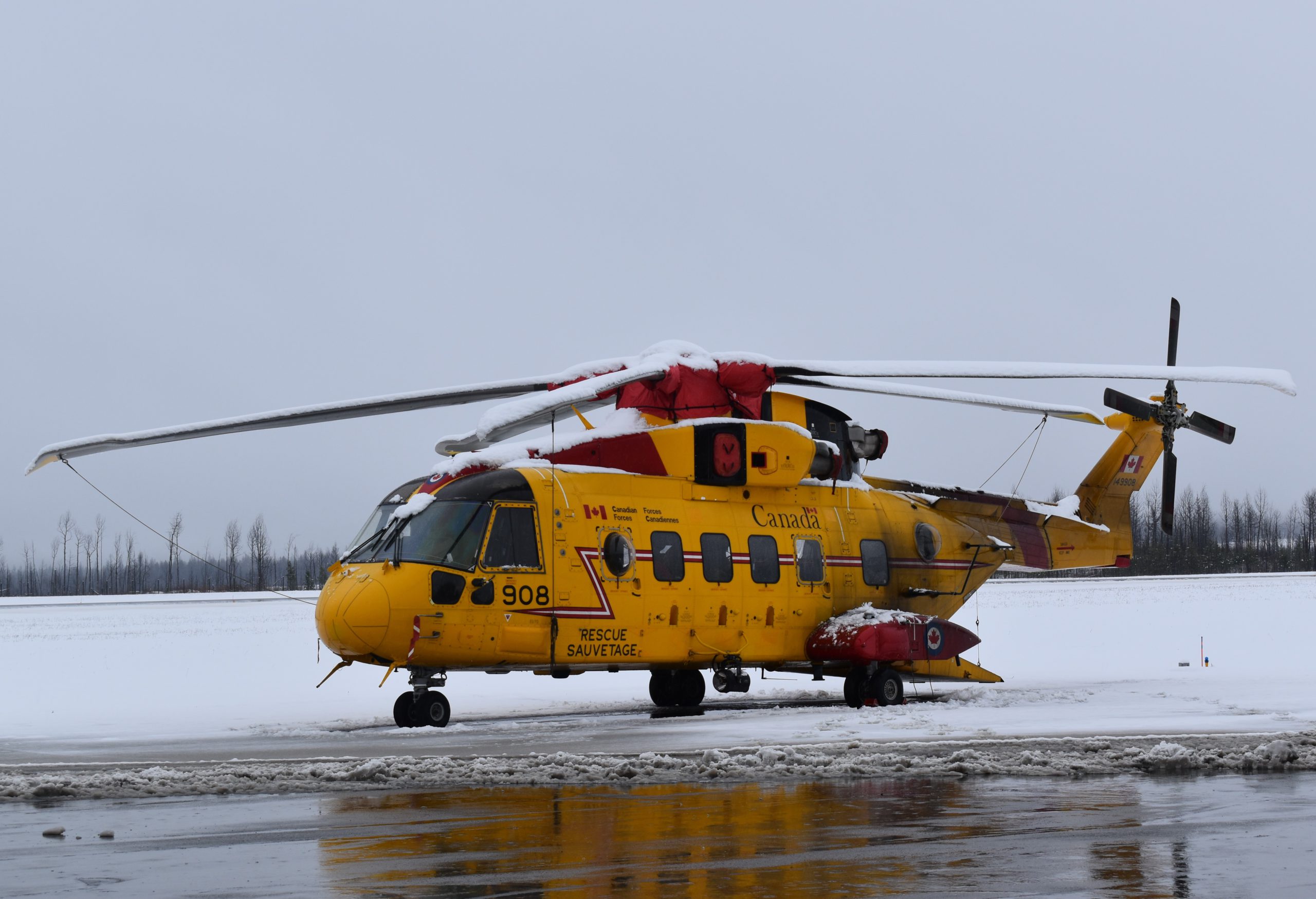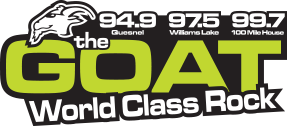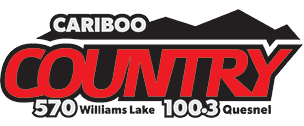This week the Chilcotin range was host to search and rescue training for the 19 Wing Comox’s 442 Transport and Rescue Squadron.
From Monday to Thursday, the squadron held training for their night sequences to maintain their night capabilities.
Josh Terry, a master corporal in the Canadian Air Force, and a search and rescue technician (SAR Tech) from 442 Transport and Rescue Squadron, based out of 19 Wing Comox, said that they chose the Chilcotin range, as it’s a safe range, but also presents a challenge for the crew.
“It’s a safe range that we are allowed to drop our flares. it’s a controlled area where we are allowed to drop the flares, and then we can recover them, and there is really no impact on the environment,” he said. “It also gives us the opportunity to train in an area that we are not familiar with. We’ve got the flatland and the mountains as well, that gives are pilots a good terrain to fly in.”
The weather earlier this week did present problems for the squadron as they were only to perform the training on two of the four planned nights.
The training saw the squadron bring their CC-115 Buffalo airplane and their CH-149 Cormorant helicopter.
Terry explained more about what they actually during their night sequences.
“The night sequence in the fixed-wing aircraft is one of the most difficult sequences that the pilots fly because there is a lot going on. What we are going to do, for example, is if we have somebody that needs our assistance in the mountains, we are going to fly over and try and find them first. We need to find out where they are; once we find out where they are, we need to be able to have communication with them, so either they have a radio that we can talk to them with or we can drop radios,” he said. “When we get there; we are going to drop a couple of flairs out, We do what is called a terrain and target assessment, so the pilots and the navigators know where they are able to fly safely. It also gives them areas where if something happened, they can have outs, so if something happened at any point in the sequence, they know exactly where everything is, and we can fly out of that area safely.”
Once we’ve found them, we’ve been able to talk to them, we’ve done a terrain and target assessment, we are able to drop them either food and water kits or tent kits. Maybe that’s all they need, maybe they come over the radio and there good, and they just need some food and water, or they need some shelter. If there happened to be a medical emergency, the SAR Tech in the back, we’ve got two of them on the plane, they are paramedic qualified, and then they are going to get into their jump sequence, so we are going to do a wind assessment. We are going to assess the terrain and the wind, and we are going to be able to jump out of that airplane with medical gear and also survival gear in case we need to be there for a couple of days to take care of these patents that are on the ground.”
Something going on in the Cariboo you think people should know about?
Send us a news tip by emailing [email protected].


